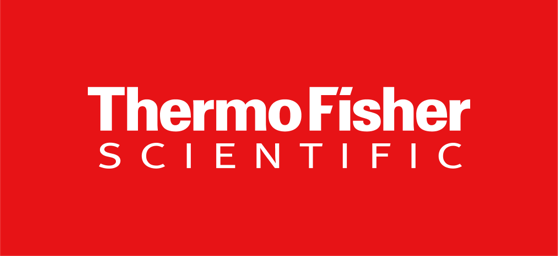Identification of novel inhibitors against SARS-CoV-2 coronavirus using structure-based methods and whole cell in vitro assays.
Gordon, B.1, Shaw, M. L.1,2, and Cloete, R.3*
1 Department of Medical Biosciences, Faculty of Natural Sciences, University of the Western Cape, Bellville, Cape Town
2 Division of Medical Virology, Department of Pathology, Faculty of Medicine and Health Sciences, Stellenbosch University Tygerberg Campus, Cape Town
3 South African Medical Research Council Bioinformatics Unit, South African National Bioinformatics Institute, University of the Western Cape, Bellville, Cape Town
The WHO reported in 2023 that 6.9 million people died globally due to the COVID-19 disease and that there were over 759 million confirmed cases. This was because of the lack of easily accessible vaccines and treatment options. Currently, only three drugs are available for treatment with unclear efficacy emphasizing the need for novel drugs to combat a possible re-emergence of the disease. In this study, we investigated two SARS-CoV-2 coronavirus proteins PDBID's: 5rlb and/or 5rl8 (helicase (nsp13)) play a key role in mRNA capping and 3' to 5' exonuclease proofreading activity associated with viral replication and transcription and 5c8t (guanine N7-methyl transferase (nsp14)) catalyses the formation of single strands from the uncoupling of duplex oligonucleotides (either RNA or DNA) in the 5’-3’ direction via an ATP dependent reaction. Each protein was exploited in molecular docking studies and interaction analysis. Firstly, two ligands N-cycloheptyl-N-methylmethanesulfonamide (VVJ) and N-(2-fluorophenyl)ethanesulfonamide (VVG) were docked to nsp13 and one known inhibitor, Clofarabine, to nsp14 to validate experimental pose orientations. Secondly, 420 million lead-like compounds from the ZINC22 Carteblanche database were docked to each protein target to identify diverse compounds with stronger affinity for each protein, higher number of interactions, cell permeability, non-promiscuity and are non-steroidal aggregators as compared to the known compounds. After molecular docking and chemoinformatic filtering we identified 40 unique compounds with higher affinity than VVJ and VVG for nsp13 and 17 unique compounds with higher binding affinity than Clofarabine for nsp14. We purchased some of these compounds for testing against the whole cell virus. Single point assays revealed 3 non-toxic compounds (named C series) with 50-60% inhibition activity against SARS-Cov-2 coronavirus targeting nsp13 at 10 µM concentration. Furthermore, 17 compounds (named D series) identified from the nsp14 in silico screen were purchased and tested for toxicity against the VeroE6 cell model and showed no toxicity to the kidney cells. Future work will involve dose response testing of the three compounds (C-series) at different concentrations against the SARS-Cov-2 coronavirus to determine 90% inhibition, and performing single point testing of the D-series compounds against the coronavirus at 10 µM concentration.
Keywords: SARS-COV2, coronavirus, antivirals, helicase, guanine N7-methyl transferase, toxicity, whole cell virus
